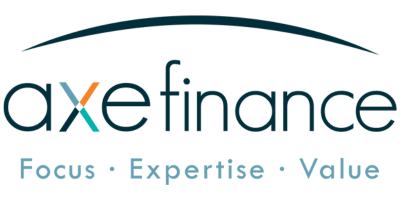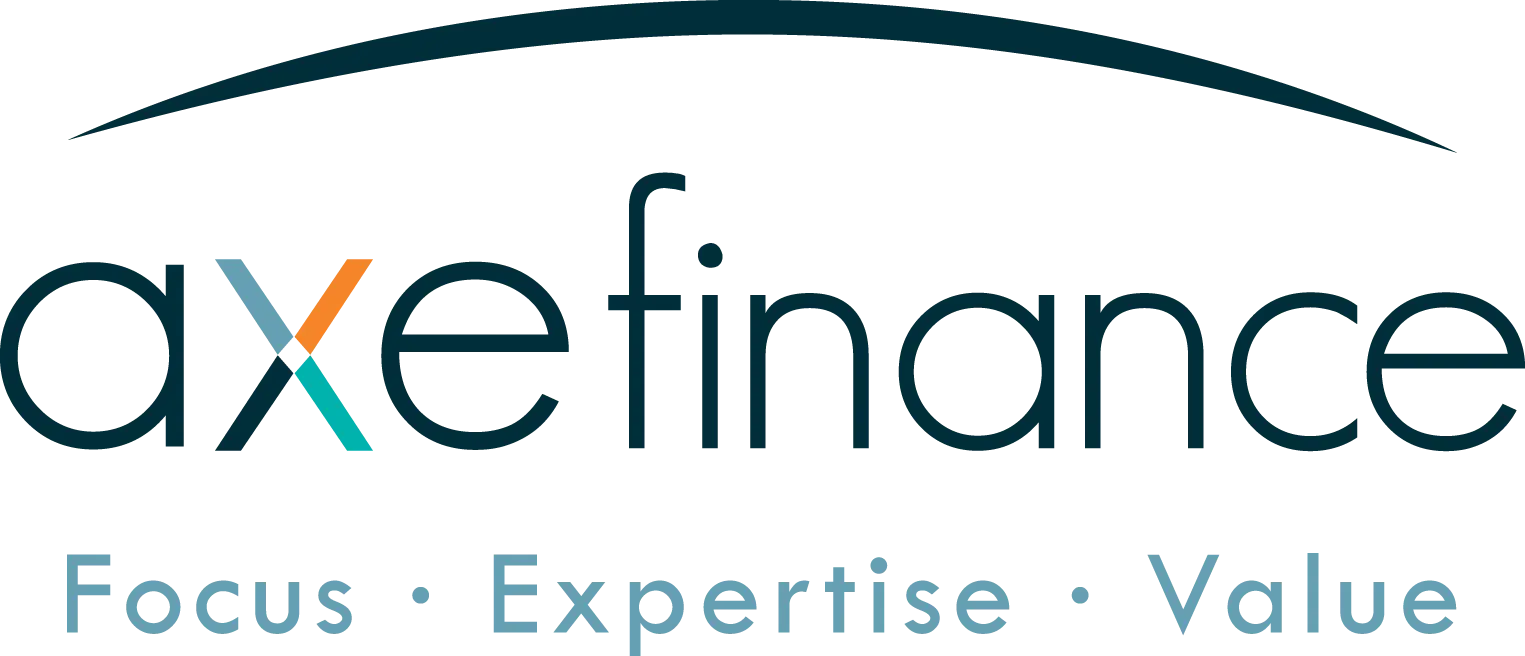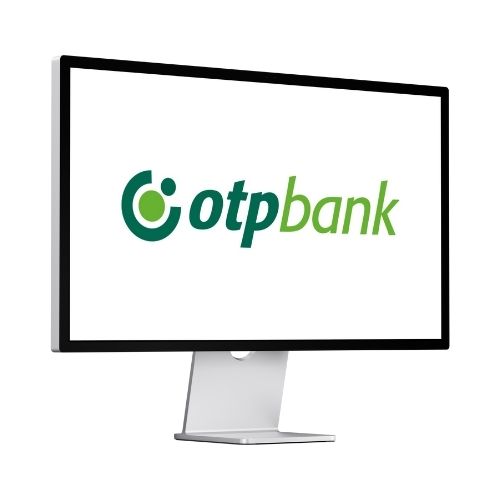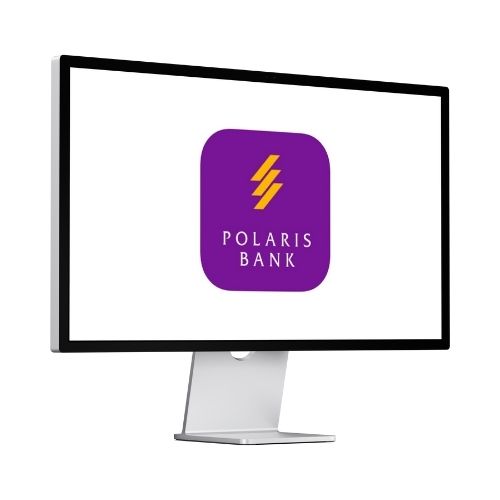Small and medium sized enterprises across Central and Eastern Europe are the rhythm of local economies. Think of a family owned manufacturer in Transylvania that ships furniture to Vienna, a logistics firm in Silesia opening a branch in the Czech Republic, or a software studio in Tallinn serving clients from Lisbon to Helsinki. Together they represent well over ninety nine percent of firms and close to two thirds of employment across the region. Yet many still wait through long application cycles, face heavy collateral asks, and juggle paperwork at the expense of growth. Liquidity is not the core issue. The friction lies in process and in risk confidence. This is where loan origination automation changes the story.
Credit risk management in the CEE banking landscape
Banks in Central and South Eastern Europe have delivered strong profitability in recent years. Raiffeisen Research reports average sector return on equity in the range of fifteen to twenty percent in 2024, compared with under ten percent in the euro area. Romania and Serbia reached around twenty percent, while the regional profit pool approached thirty billion euro.
The drivers are real economy strength and still contained credit risk. Consumption and investment remain resilient and unemployment is at historically low levels. The same Raiffeisen analysis expects monetary easing to proceed cautiously in 2025 and does not foresee a sharp rise in risk costs at the regional level. At the same time, supervision and fiscal measures add pressure. Extra levies on banks cover the majority of assets in markets such as Czechia, Hungary, Poland and Romania. The effect is simple. The next basis point of return depends on operating discipline and modern risk analytics rather than on balance sheet expansion alone.
Euro area dynamics also matter for CEE lenders with cross border operations. The European Central Bank bank lending survey for the fourth quarter of 2024 shows that standards tightened through much of that year with some improvement in expectations for the first quarter of 2025. Reuters reporting at the start of 2025 pointed to a pick up in lending growth after rate cuts, a sign that monetary transmission was gaining traction. In short, the climate is supportive but still demands careful control of risk and cost.
SMEs and the persistent financing gap
On the ground, many smaller firms still face a difficult journey from application to approval. The latest Central Eastern and South Eastern Europe bank lending survey by the European Investment Bank records firm demand for credit and a period of tighter supply, though banks expect some improvement over the next six months, with a particular focus on financing for SME. Two thirds of cross border groups even plan to expand selectively in the region according to the same survey.
The Commission’s SME performance review shows that more than one quarter of SMEs in Central and Eastern Europe (Central, Eastern and South-Eastern Europe (CESEE) Bank Lending Survey: First half of 2025 report) difficulties in accessing finance, a higher share than the EU average. The OECD scoreboard on financing SMEs and entrepreneurs confirms that the environment for small business funding has been shaped by inflation and tighter monetary policy since 2022, though conditions are now easing in many economies.
Behind the figures sits a pattern that founders know well. Many SMEs have thin files with limited formal financial history. Collateral plays an outsized role. Paper driven KYC and AML checks stretch timelines and workloads. A medium sized exporter in Slovakia can win a large contract yet wait close to three months for working capital, which turns opportunity into delay fees and lost goodwill. The gap is not a shortage of money. It is a lack of speed and clarity in how risk is assessed and evidenced.
What automation changes for banks and for SMEs
Automation is now the main lever to reduce friction and increase risk confidence. It reworks the journey from first click to first disbursement and then through the life of the loan. According to Accenture’s view on commercial banking trends, institutions are prioritising automation of origination and onboarding to control cost and to compete in experience. The direction is consistent with what lenders in CEE describe at regional forums and with what the bank lending surveys record in practice.
Measurable benefits along the lifecycle
- Faster onboarding and decisioning with straight through processing that can reduce time from application to conditional offer from weeks to days and often to hours.
- Lower operating cost per loan as workflows remove handoffs, rekeying and follow ups.
- Smarter scoring through the inclusion of alternative data. Examples include invoice histories, VAT filings, current account flows and utilities, which is vital for thin file SMEs.
- Compliance by design where KYC and AML checks are embedded in each step with clear audit trails for supervisors.
Adoption patterns across the region
- Poland is scaling SME origination platforms, often alongside EU supported digital programmes, to serve a vast base of small firms.
- Romania and Serbia are reinvesting strong profitability into platforms that standardise risk and accelerate decisions.
- The Baltics leverage mature e government rails, enabling near instant decisions for straightforward SME cases.
ACP by Axe Finance as a complete and future ready solution
Many vendors focus on fragments of the journey, which creates integration debt and operational drag. ACP from Axe Finance is designed as a single platform for the whole credit lifecycle. It is an end to end approach that moves an SME from digital onboarding to risk based decisioning, through documentation and drawdown, and on to continuous monitoring without losing context.
- Digital onboarding and e KYC SMEs can start and complete applications online, upload evidence securely, and verify identity in minutes. This reduces abandonment and shortens the queue for manual review.
- Adaptive credit scoring ACP combines bureau information with alternative data such as invoices, transactions, tax records and utilities. This helps banks recognise real repayment capacity where the file is thin or collateral is limited.
- Policy driven workflows Risk and operations teams can configure steps, approvals and limits to reflect local rules in Poland, Romania or the Baltics, while still retaining central visibility and control.
- Embedded compliance AML and KYC controls are integrated throughout with full audit trails. Evidence is captured during the process rather than reconstructed later.
- Risk based pricing and decisions Terms adjust to borrower risk and to sector outlook in real time so pricing reflects the most recent signal.
- Continuous portfolio monitoring After disbursement, ACP watches behavioural and external indicators and raises early alerts so teams can act before stress becomes default.
ACP is built to meet the demands of 2025 and beyond. Raiffeisen Research expects cautious monetary easing and no sharp increase in risk costs across the region. Extra levies on banks will continue to weigh on margins in several markets. The EIB survey points to strong SME demand and an intention among parent groups to grow exposure in CEE. ACP addresses this reality through scale for volume spikes, automation that lowers cost to serve, modular compliance that adapts to evolving EU rules, and the ability to embed sustainability criteria where banks choose to do so.
The platform also aligns with the direction of travel in European monetary and supervisory policy. The ECB bank lending survey frames expectations for supply and demand. Independent reporting shows lending growth picking up after policy rate cuts at the start of 2025. The ECB has also signalled that climate factors will matter more within its own operations and collateral framework in the years ahead. ACP’s ability to integrate ESG risk and eligibility checks means banks can stay in step as frameworks evolve.
Automation as a risk control, not only an efficiency play
It is tempting to view automation mainly as speed. In CEE the more strategic value is control. Automated origination embeds risk analytics at the front of the journey and continues through the life of the loan. The result is a system that can lend more while knowing more.
- Early warning Behavioural and external data trigger timely alerts so teams can intervene before arrears appear.
- Dynamic pricing Loan conditions update as risk profiles move, which protects margin and keeps risk reward balanced across the book.
- Portfolio oversight Continuous monitoring creates line of sight across cohorts, sectors and geographies. This supports capital planning and supervisory dialogue.
- Evidence for supervisors With audit trails captured by design, responses to reviews are faster and less disruptive.
ACP supports this risk centric stance. Stress testing and scenario analysis can run at application and be refreshed during the life of the facility. Model governance and override frameworks are captured in the system. Teams move from periodic clean up to continuous control.
Looking ahead to 2025 and beyond in Lending
The horizon for SME lending in CEE features three forces. First, demand from smaller firms for digital transformation, expansion and sustainability projects remains strong. Second, margins are under pressure from levies and from the cost of meeting evolving rules. Third, risk costs look stable at the aggregate level yet still require vigilance in a world where shocks can arrive quickly. Raiffeisen analysis points to continuing earnings momentum in 2025 with positive investment business and manageable risk costs. The EIB survey shows banks expect supply conditions to improve and many parents intend to expand in the region. The OECD scoreboard provides wider context on SME finance as inflation cools and policy settings normalise.
In that setting, future ready automation is the differentiator. Banks that deploy complete platforms like ACP can give SMEs a journey that feels consumer grade while meeting higher standards for control. They reduce the cost to serve, sustain profitability under fiscal pressure, and keep portfolio risk within appetite even as volumes grow.
Conclusion
The region’s banks are profitable and resilient. Its SMEs are ambitious and central to growth. The space between those truths is still clogged with manual steps. Loan origination automation clears the path. It shortens the distance from application to approval and replaces intuition alone with decisioning that is rooted in data and supported by evidence.
ACP by Axe Finance shows how that looks in practice. One platform. One journey. From digital onboarding through risk based decisions to continuous monitoring. Configured to local rules and ready for sustainability and digital priorities. Built for the realities of 2025 and ready for what follows. For SMEs this means timely and fair access to working capital and investment finance. For banks this means durable profitability with stronger control. For the region this means momentum that lasts.








